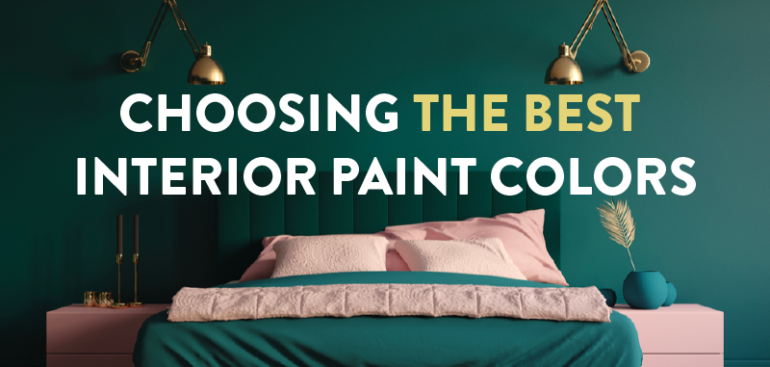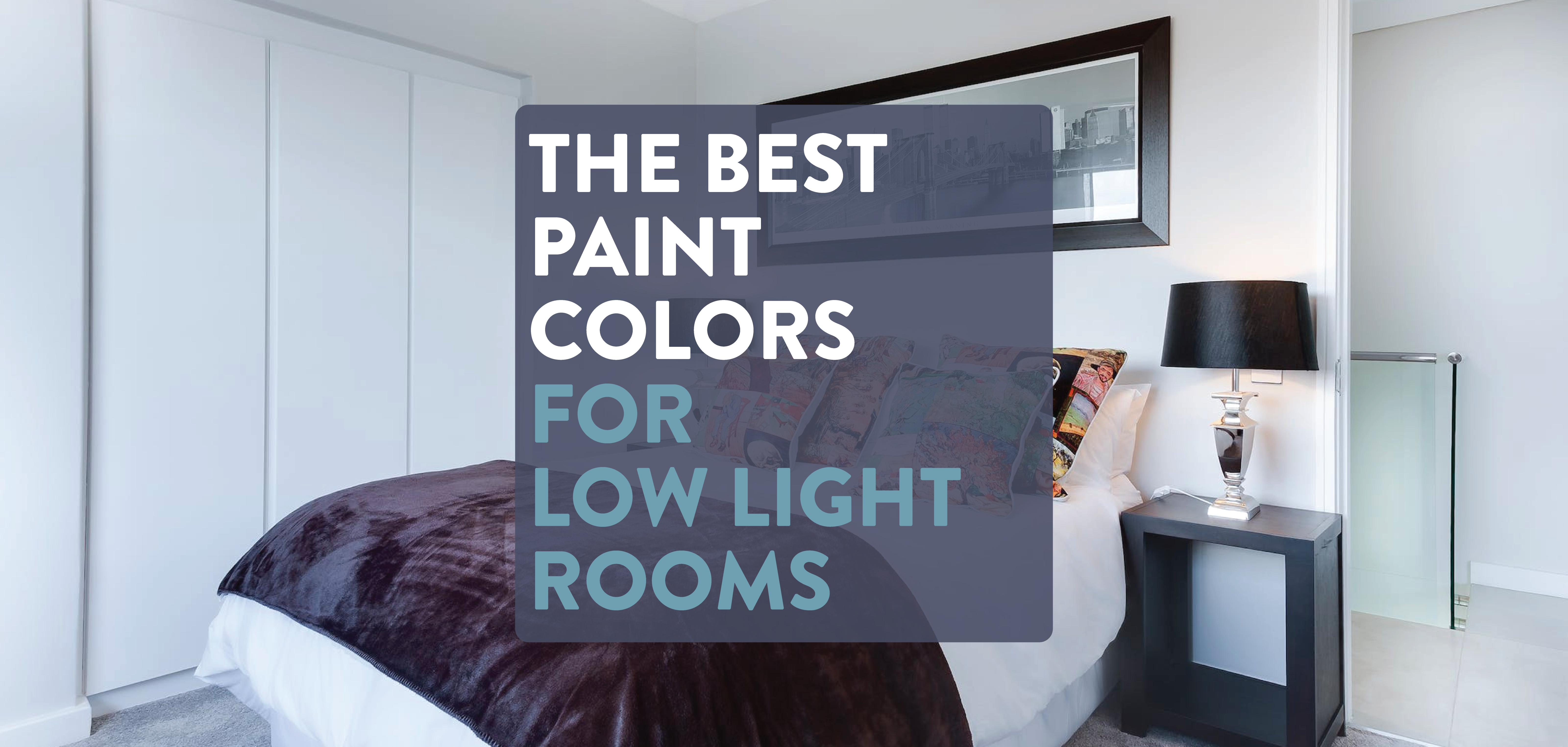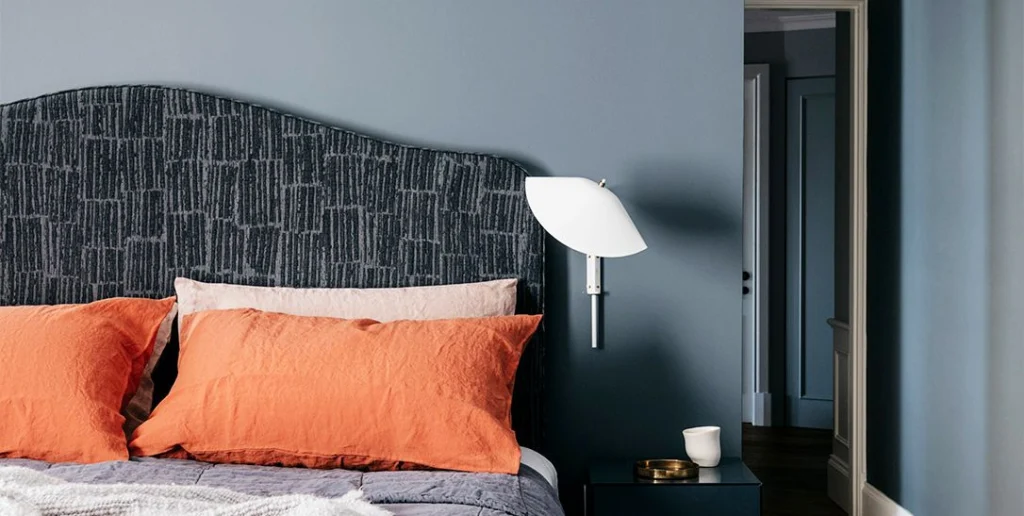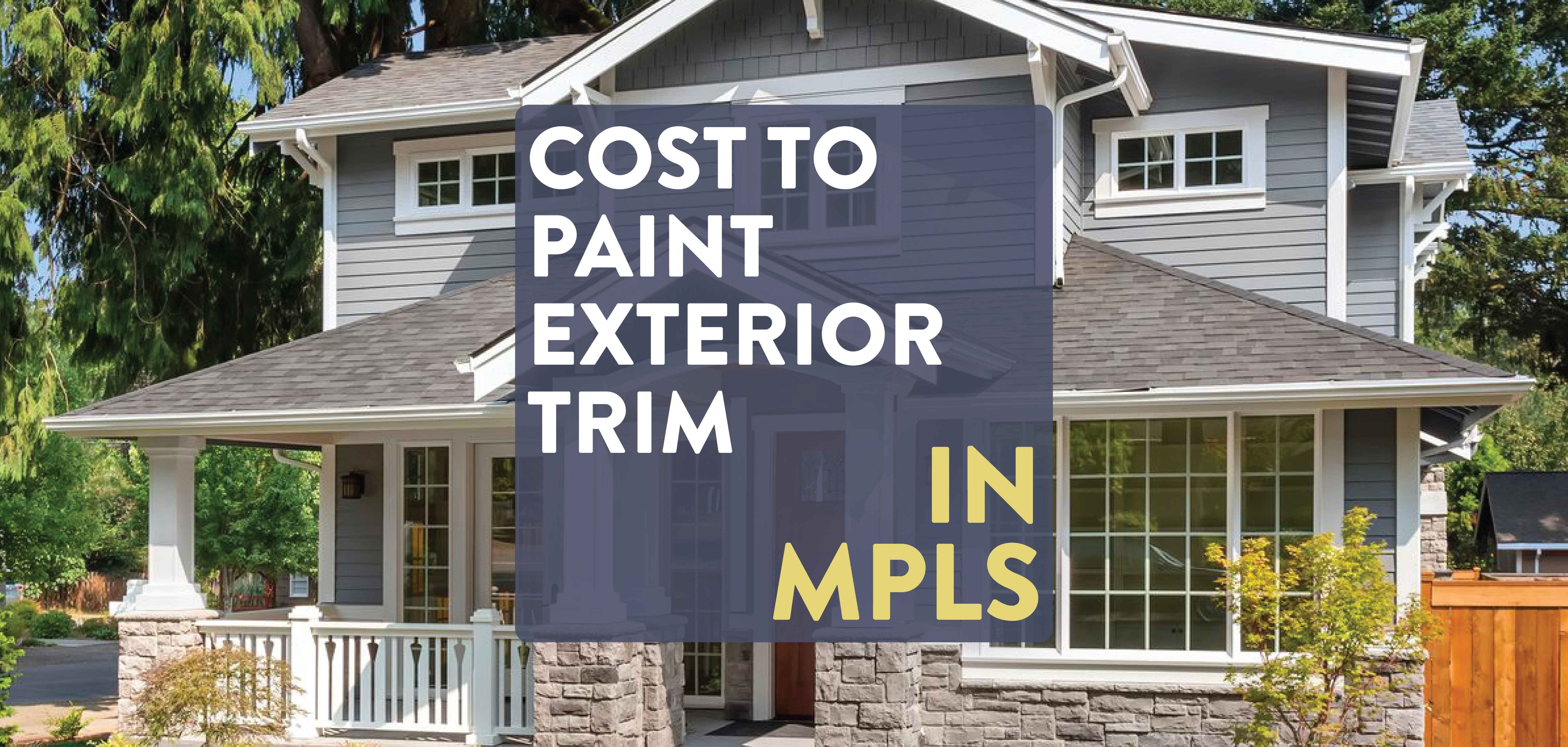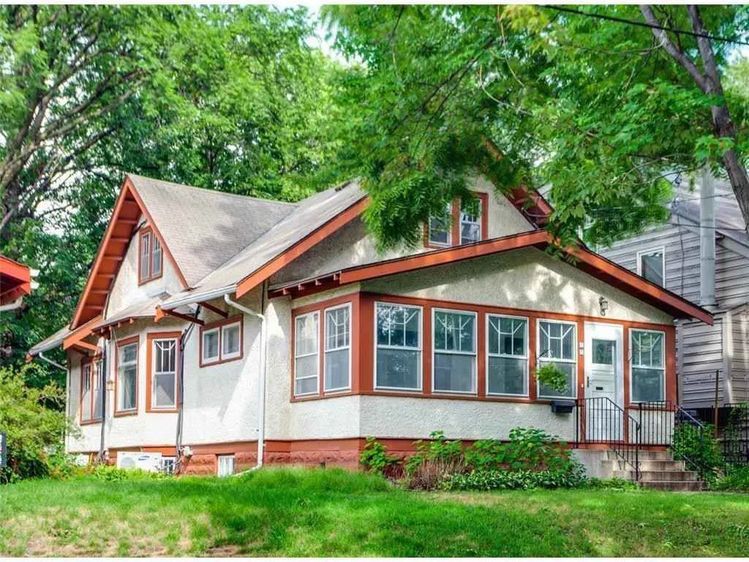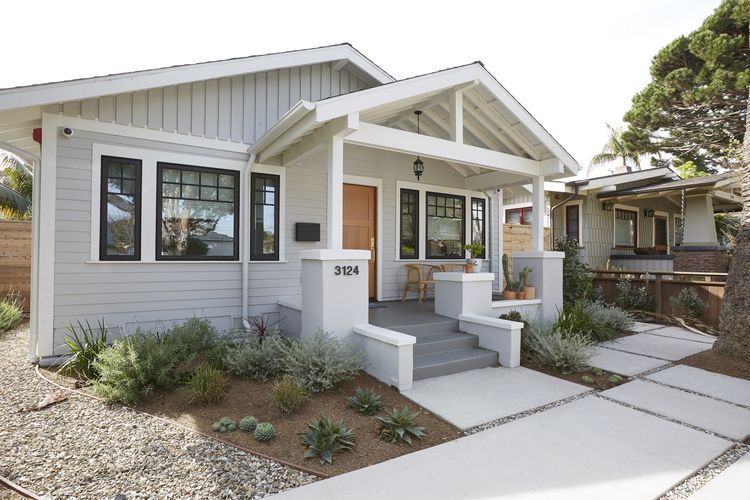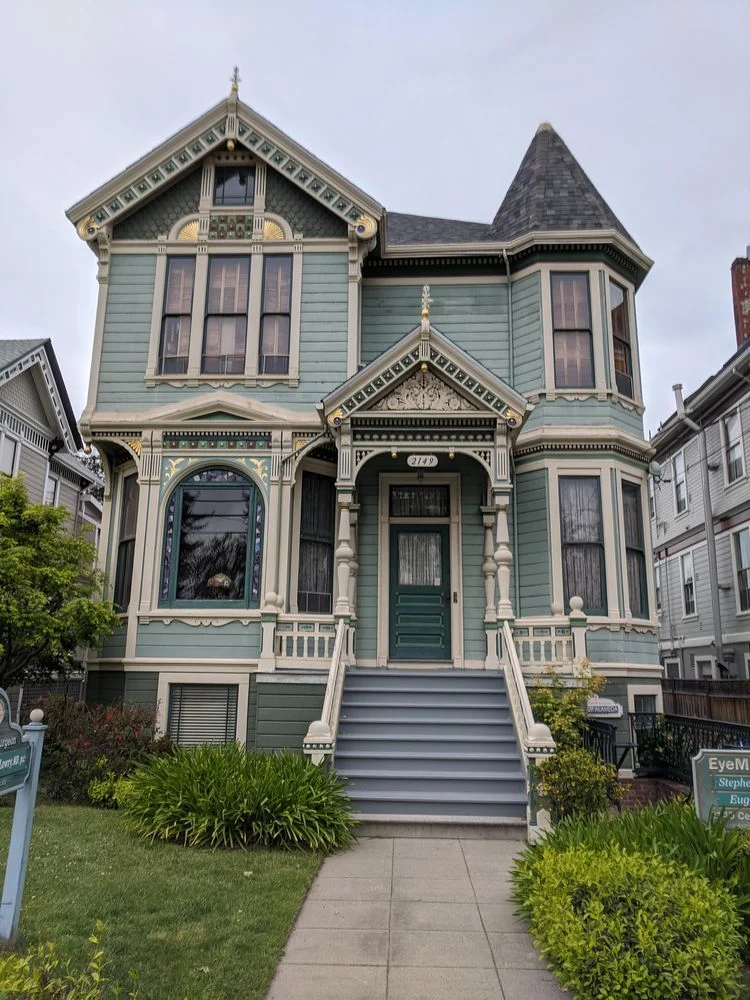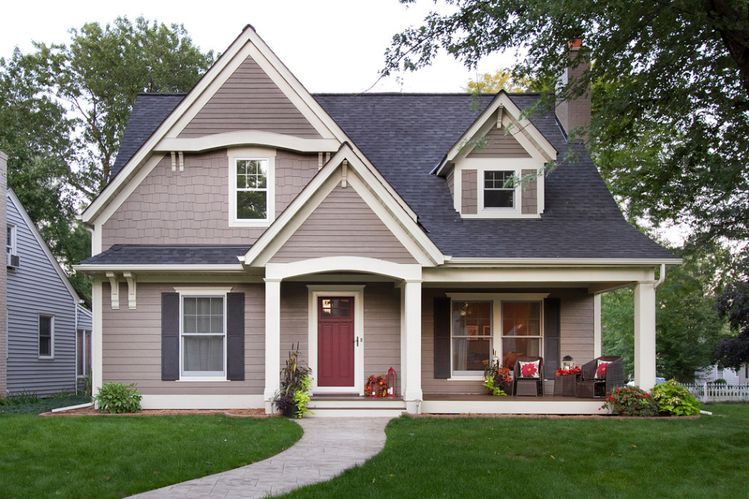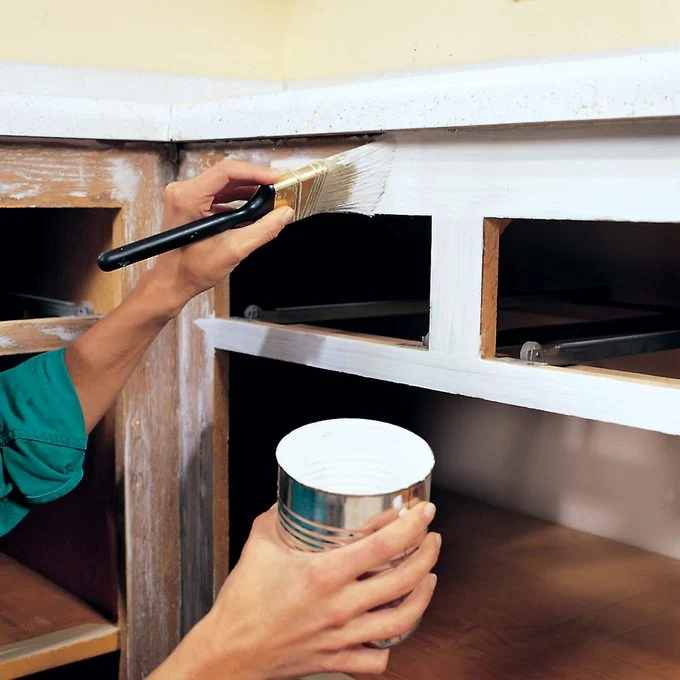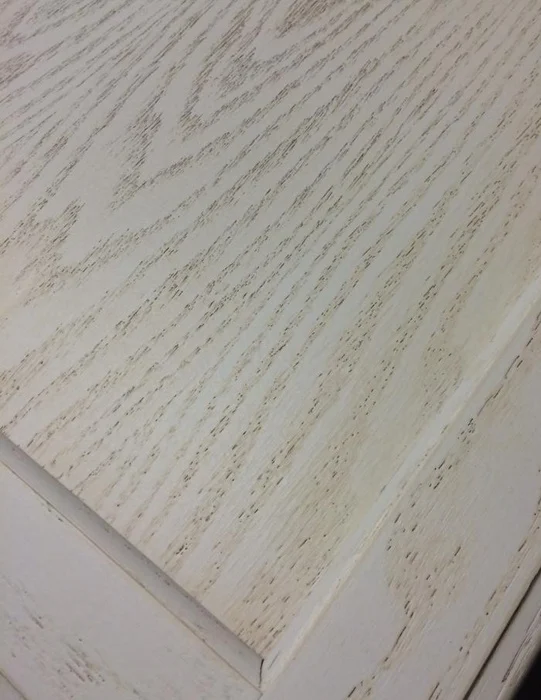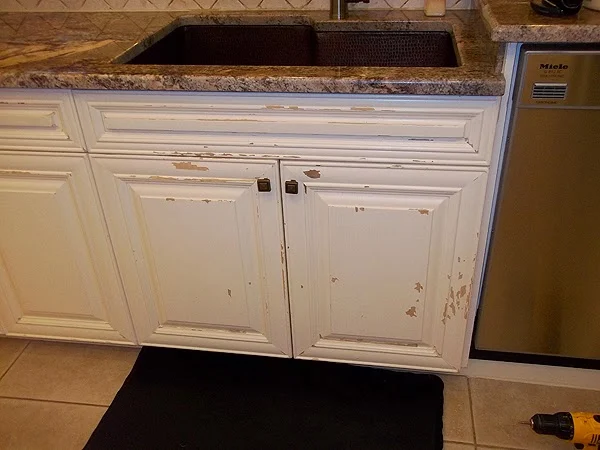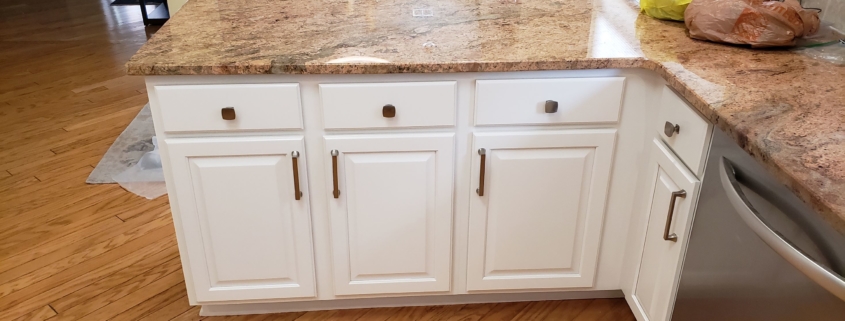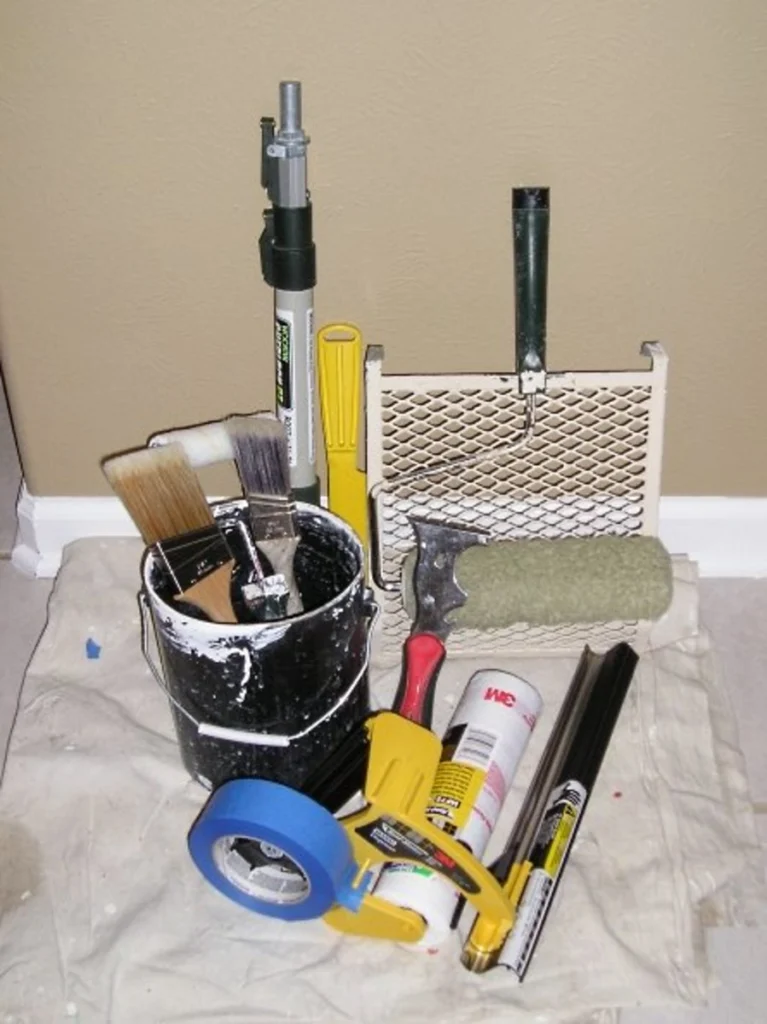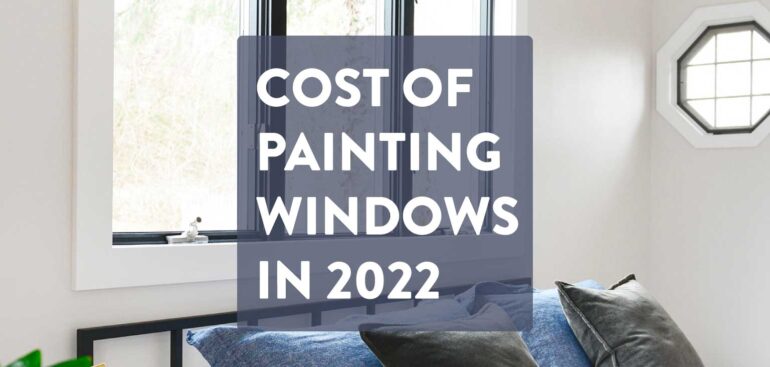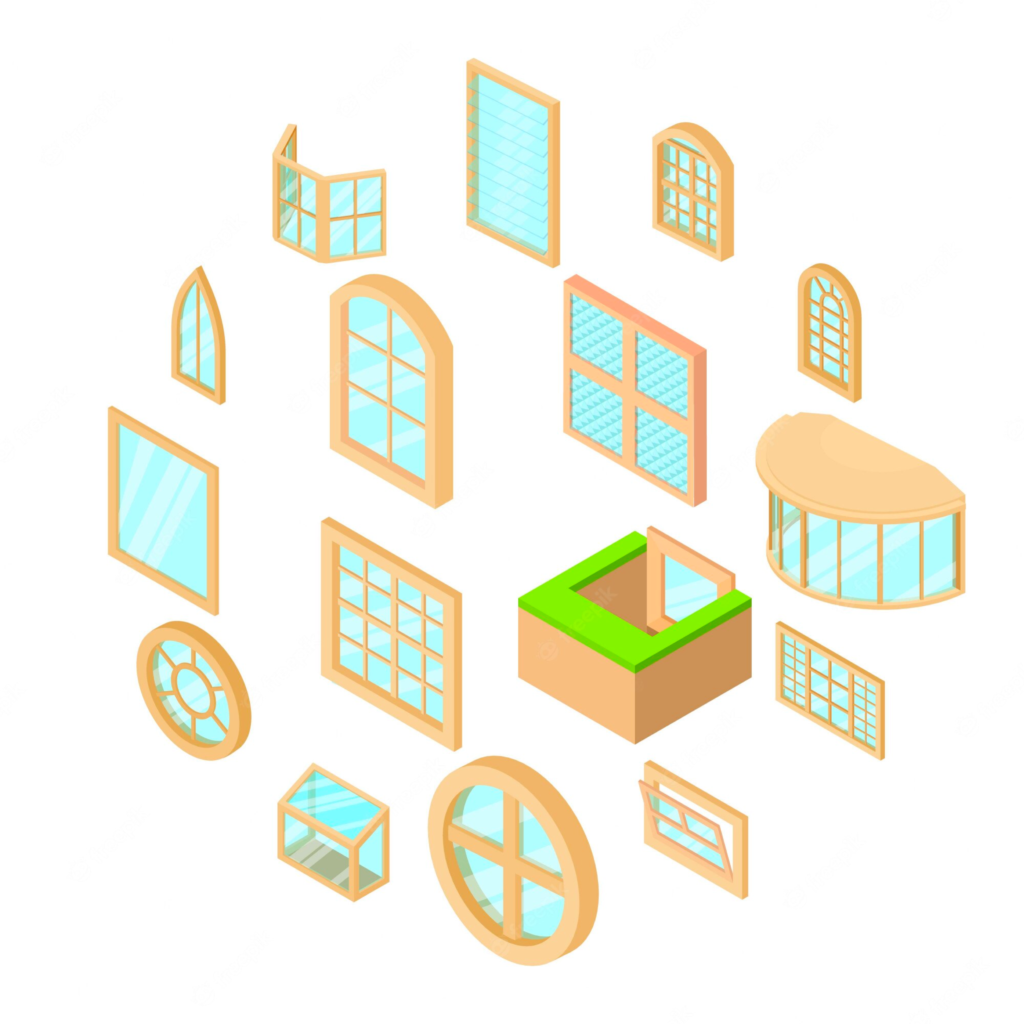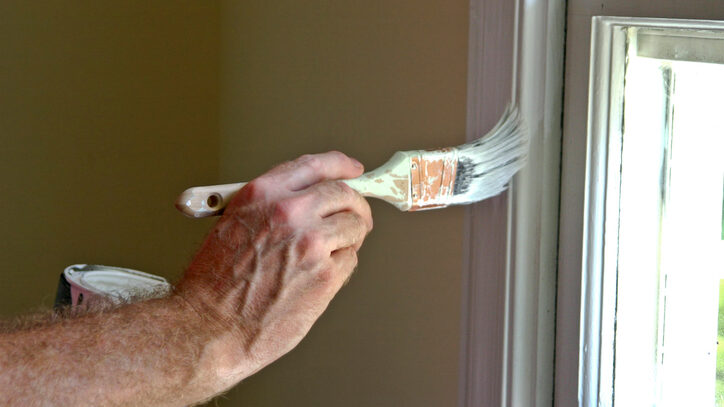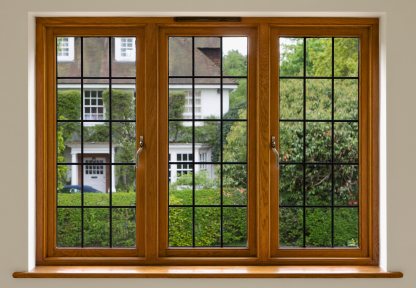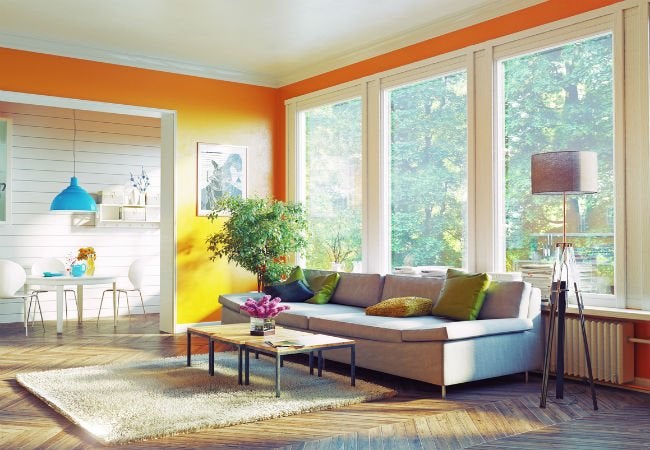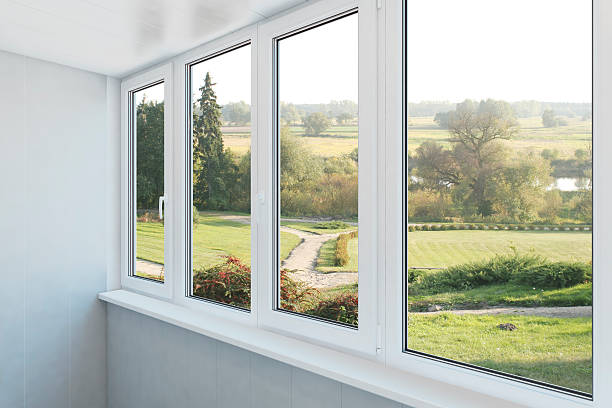Choosing the right paint colors can make a big difference in the look and feel of a room. However, selecting the best interior paint colors can be overwhelming if you don’t know which colors to choose. There are many different colors to choose from, so it’s important to know which colors to choose so that you don’t end up with an interior that looks like a bomb went off.
Painting Your Interior Beige
Often criticized for being dull, boring and plain, beige has a number of benefits. It is a versatile color that can create a warm look. It can work well in bedrooms, living rooms, hallways and even exteriors. Choosing the right paint color is the first step to getting the look you want.
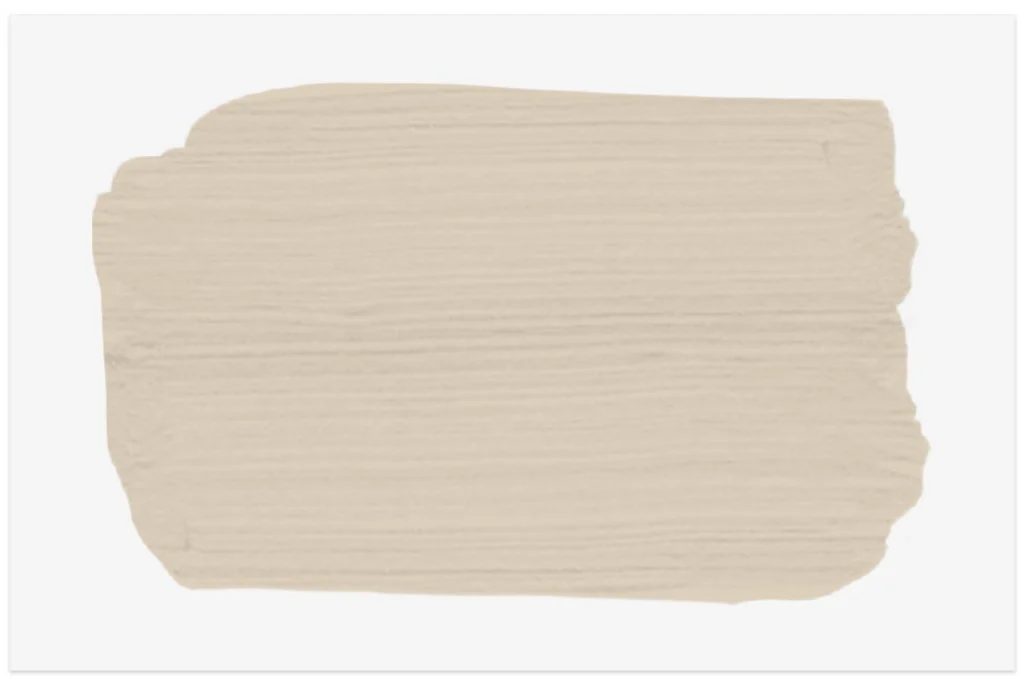
The best beige paint colors are ones that have the right undertones. For instance, a beige with a green undertone will work better than one with a pink or yellow undertone.
Sherwin Williams has many beige paint colors to choose from. Their Beige Paint Colors are perfect for a wide variety of home decor styles. They are sophisticated and elegant, and can be used in many rooms of your home.
One of the best Sherwin-Williams beige paint colors to use in a living room is Accessible Beige. This color adds warmth to a room and is a perfect match for white trim. It can also be paired with matte black exposed metal and tons of wooden textures.
Another great beige paint color is Softer Tan. This color has a slightly orange undertone, but it is barely there. This is a true beige that will give medium depth on walls.
Choosing a beige that is not too warm can be difficult. The color should be chosen based on the size of the room and the amount of natural light.
Painting Your Interior Taupe
Whether you’re in the market for a new color for a room, or just want to add a subtle accent, taupe is a perfect choice. Taupe is a warm neutral that goes well with a variety of other colors. Its calming undertones make it ideal for bedrooms, offices, and even bathrooms.
Many people choose taupe to go with neutral furniture and accents, and it works perfectly with metallic finishes. Taupe is also a great complement to white or gray. It can work in almost any style home. It also pairs well with wood or marble countertops.
Taupe is a warm, gray-brown shade with a pink or purple undertone. Its undertones balance the warmth of the sun. It’s also a good choice for a bathroom, as its calming color makes it easier to clean.
You can use the color wheel to help you choose the right accent colors. You can also use brass accents and graphic fabrics to create a retro 70s vibe.
If you’re looking for a darker taupe, try Sherwin Williams Taupe Tone. It’s a great choice for smaller spaces or kid’s rooms.
If you want a warm toned taupe, try a light taupe like Panda White. This paint color has a pink undertone, but doesn’t lean into purple.
Painting Your Interior Greige
Whether you’re looking to refresh your home’s interior, or you’re building one from the ground up, a greige color scheme is the perfect solution for your design needs. Using greige in your interior design scheme is a no brainer, since this color complements just about any decor. Whether you’re looking to refresh your living room, office, or master bedroom, you’ll find that greige makes your home look brand new. The trick is deciding which greige color suits you best. There are many colors to choose from, so you don’t have to settle for one shade.
The best greige paint colors are a mix of whites, grays, and hues. For your living room, pick a greige that’s on the warm side of the spectrum. For your office, go with a color scheme that’s on the cool side of the spectrum. The best greige paint colors for your office include greige, off-white, and gray. Unlike your living room, your office should be a collaborative workspace, so you’ll want to go with a color scheme that’s not too masculine. This is also a good time to consider a color scheme that’s on the neutral side of the spectrum.
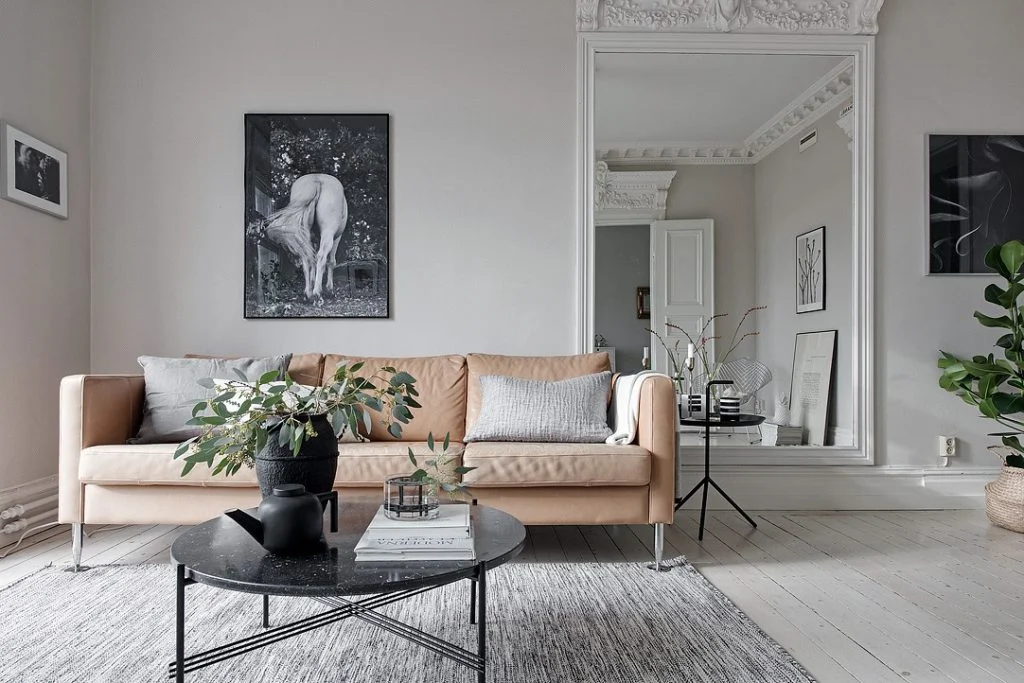
You’ll probably want to pick a greige color scheme that complements your existing decor, but if you’re unsure what color to go with, go with the color scheme that’s on the cool side.
Painting Your Interior White
Choosing the right white interior paint colors is important to creating an attractive room. However, with so many different shades of white, the process can be difficult. You need to consider color schemes, available sunlight, and your intended design style.
The right white paint color can be dramatic, or it can be subtle. In fact, white is one of the most versatile colors you can use. It can be combined with other colors to create a unique design. Whether you’re painting a bedroom, a bathroom, or an entire room, there are several white paint colors you can choose from.
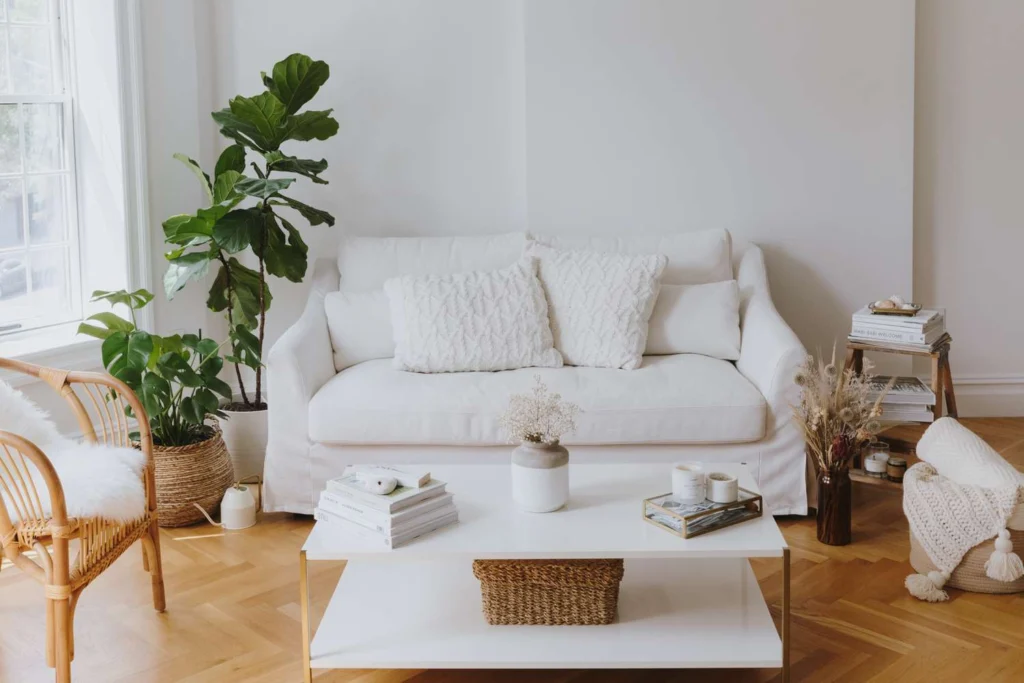
If you want a clean, bright look, a cool white will do the trick. Cool whites have undertones of blue and green. These colors are perfect for rooms with south-facing windows. They can reflect light from overhead fixtures, and they tend to give a clean, crisp effect.
Another way to see how white will look in your home is to purchase samples. You can find paint samples in the Benjamin Moore store, or by browsing the internet. These paint swatches will show you how the color will change from day to night. It’s important to look at paint samples under different lighting conditions to make sure you love the color on your walls.
You can also choose between white paint colors with different undertones. If you’re looking for a warmer white, try Pure White by Sherwin-Williams. It works great on walls and cabinets. Likewise, a brighter white like Benjamin Moore’s Simply White is a perennial favorite.
Painting Your Interior Blue
Whether you’re decorating a room for the first time, or just looking for a fresh new look, a blue interior paint color can make a big difference. It’s also a great way to create a calming, peaceful atmosphere.
A pale blue is a perfect option for small rooms. It can make them seem bigger and brighter. It also works well with a variety of other colors.
In addition, light blues look great with a natural wood trim. It’s also a great color to use in a kitchen. They complement white and beige tones well.
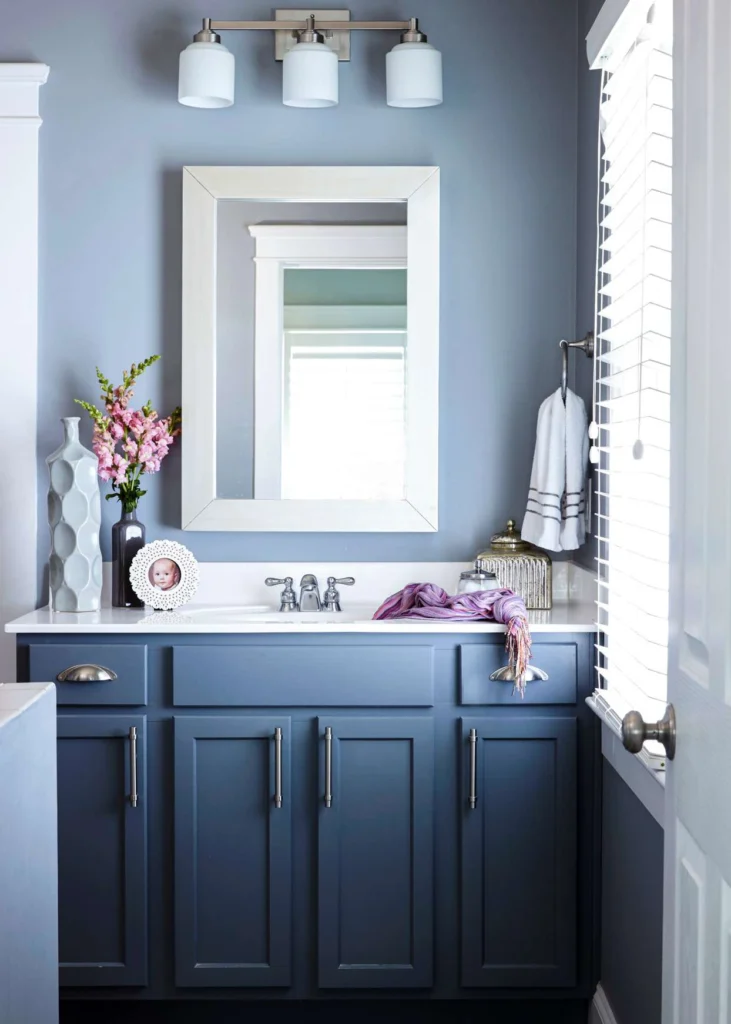
Blue is often used as an accent color, but it can also work as a base color. It can add drama to a bedroom or accent wall, and it can add a nice touch to your bathroom.
The darker blues are perfect for an accent color. They’re rich and dramatic, and they can stand up to bright white. They can also contrast artwork.
Soft greens are also a great way to tame the power of darker blues. They pair beautifully with a variety of other colors, and they’re a good choice for an accent wall.
Blue is one of the most popular colors for interior decorating. The color is inspired by the sea, and it’s known for calming and serenity. It’s also popular for making a room feel bigger.
You can choose from thousands of blue colors. These shades range from pale, grayish blue tints to rich, almost purple blue shades.
So What Are The Best Interior Paint Colors?
With so many colors to choose from, it can be difficult selecting the best interior paint colors for your project. If you’ve already looked through this article and still wonder what the best interior paint colors for you are, maybe it’s time to look to the professionals. You can hire a professional color consultant to come out to your home and help you select the best colors specific to your home’s interior. Sometimes things like this are best left to the professionals.

